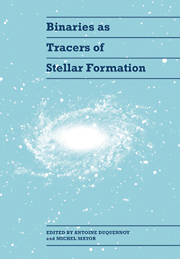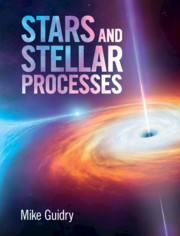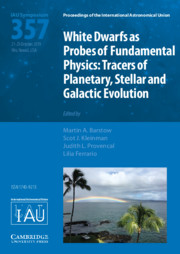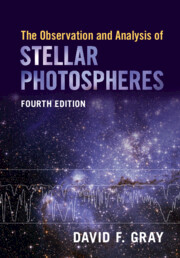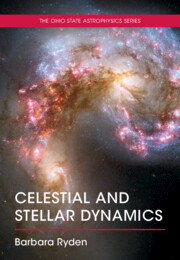Binaries as Tracers of Stellar Formation
More than two-thirds of stars belong to multiple stellar systems. Binary stars are considered now as one of the best constraints on stellar formation models. Not only do binaries keep memory of their birth conditions but their orbit will also be subjected to changes by tidal effects, wind accretion and encounters in clusters. Certainly the correlation between orbital eccentricity and period is a clue to our understanding of double star history. These proceedings aim to disentangle evidence of stellar formation from later physical evolution. Each article in this 1992 volume is a paper that was read at a meeting organized to honour Dr Roger Griffin of the University of Cambridge for his pioneer work in galactic astronomy, dynamics of clusters and study on binary stars due to his cross-correlation technique to determine stellar radial velocities.
- Up-to-date information on binary stars, which applies to over 65% of all stars
- Proceedings from a recent international conference honouring a leading scientist in the field
- Articles by leading experts
Reviews & endorsements
' … fascinating collection of papers... (CUP) is to be congratulated for publishing this tribute to Roger Griffin …' Webb Society Review
Product details
No date availablePaperback
9780521019118
304 pages
245 × 170 × 16 mm
0.495kg
87 b/w illus. 12 tables
Table of Contents
- 1. N-body simulations of primordial binaries and tidal capture in open clusters
- 2. When and how can binary data test similar models?
- 3. Statistical analysis of single-lined red giant spectroscopic binaries
- 4. The formation of binary stars
- 5. Distribution and evolution of orbital elements for 1 M primaries
- 6. Tidal circularization of short period binaries
- 7. Composite-spectrum binaries
- 8. Orbital elements for field late-type binaries
- 9. Evidences for interaction among wide binary systems: to Ba or not to Ba?
- 10. Spectroscopic binaries in the open cluster M67
- 11. Spectroscopic binaries in the halo
- 12. Eccentricity evolution of a binary embedded in a disk
- 13. The eccentricity distribution of pre-main sequence binaries
- 14. A new algorithm to derive the mass-ratio distribution of spectroscopic binaries in open clusters
- 15. Are barium dwarfs progenitors of barium giants
- 16. RZ Eridani as a constraint on synchronization and circularization times
- 17. Ekman layers and tidal synchronization of binary stars
- 18. The distribution of mass ration in late-type main-sequence binary systems
- 19. The dynamical evolution of G-type main sequence binaries
- 20. Present state of the tidal theory
- 21. Infrared companions: clues to binary star formation
- 22. The distribution of cutoff periods with age: an observational constraint on tidal circularization theory.

